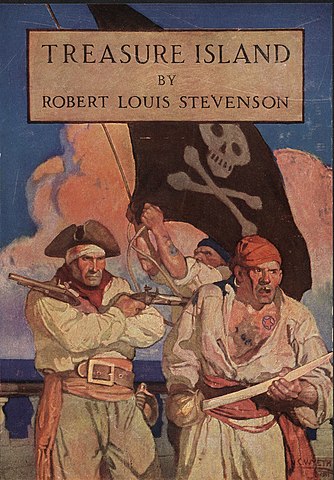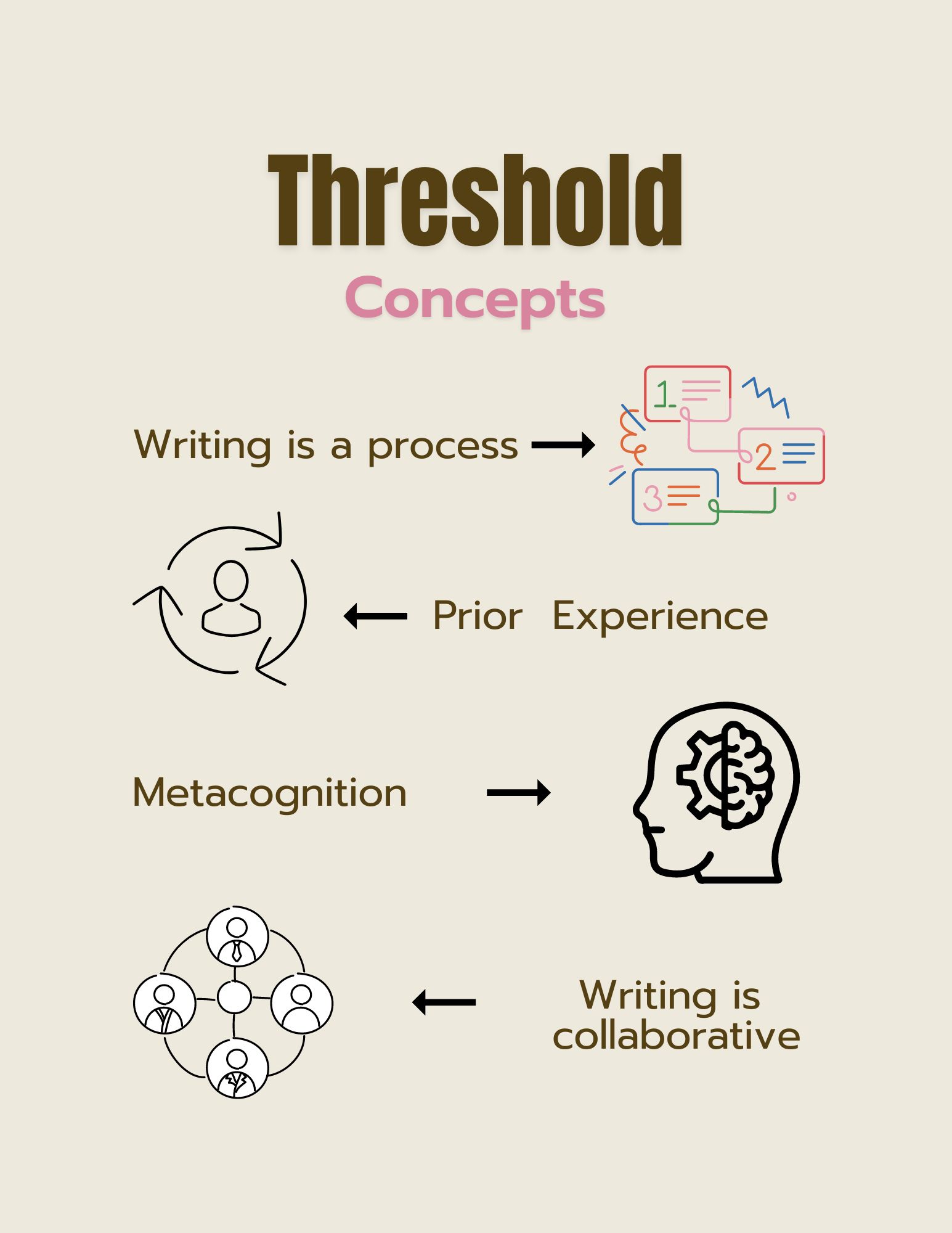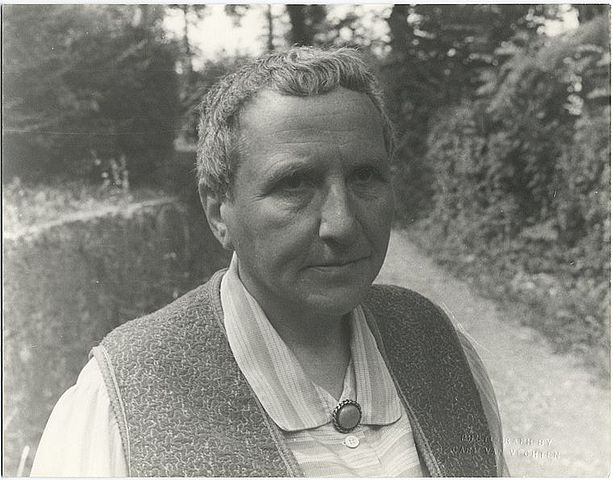The gunfight at the O.K. Corral, President James Garfield is shot and killed by Charles Guiteau, and the first Christmas tree with electric lights is manufactured by Thomas Edison employee Edward Johnson. The Gilded Age was a strange time. But all of these events happened the same year Robert Louis Stevenson penned the landmark pirate novel Treasure Island. Thus, we can look at Treasure Island as a Gilded Age novel.
In this post, we will examine the novel and its relationship to Gilded Age values.
Summary of Treasure Island
Stevenson’s Treasure Island tells the tale of cabin boy Jim Hawkins as he boards a ship with a crew of adventurers and pirates, led by the charismatic Long John Silver. The story explores universal themes of friendship, treachery, and survival on the high seas. While not the first novel on pirating, it certainly has stood the test of time as an invaluable text that set the bar for pirate novels.
What inspired Stevenson?
To begin, Stevenson, a Scottish novelist, poet, and travel writer, would go on to write other classic novels. These include Strange Case of Dr Jekyll and Mr Hyde and Kidnapped, which both appeared in 1886. His sense of wanderlust seemed pervasive throughout his life, as the title “travel writer” might suggest.
Additionally, he had a youthful fascination with travel that triggered a lifelong addiction to adventure and exploration (a sort of Ur-Jim Hawkins). For instance, in summers “he traveled to France to be around young artists, both writers and painters” when he was away from the university (Biography). His interest in travel would go on to influence his later writings, including the novel Treasure Island.
Moreover, the literature of the 19th century was also filled with romantic ideals. For example, such ideals can be seen in Daniel Defoe’s Robinson Crusoe, to novels by James Fenimore Cooper. These romantic ideals no doubt influenced Stevenson’s feelings toward traveling the world to broaden his horizons.
Novel Background
The novel was first serialized in the magazine Young Folks between October and January of 1881-1882. The serialized title was The Sea-Cook; or, Treasure Island under one of Stevenson’s pseudonyms, Captain George North. It was published as a book in 1883 by Cassell & Co. (Gonzalez).
Historical Connections to the Gilded Age
For starters, much in the same way that Mark Twain’s A Connecticut Yankee in King Arthur’s Court (1889) was influenced by the excesses of the Gilded Age (a time of great industrialization, prosperity, and disparity in the US), Stevenson’s own Treasure Island was indirectly suffused with the feelings of the era.
“The Gilded Age was in many ways the culmination of the Industrial Revolution, when America and much of Europe shifted from an agricultural society to an industrial one,” states History.
Furthermore, authors like Henry Adam’s constructed novels like Democracy (1880) to critique “corruption and inefficiency.” Meanwhile, Edward Bellamy lambasted the “capitalistic system” in Looking Backward (1888). By the turn of the century, Upton Sinclair’s The Jungle (1906) would emerge as precedent-setting novel for US president Theodore Roosevelt.
As other sources state, Treasure Island is a “gripping adventure tale” and one filled with the “ambiguity of human motives.” These themes define Long John Silver’s characterization in the novel, as he could be so kind to Jim Hawkins, the protagonist, and yet a bloodthirsty villain to his crew. His character embodies the ambiguity of the Gilded Age through his use of manipulation and seedy practices.
Furthermore, these motives were influenced by Stevenson’s feelings and temperament toward an age in which the social conscience was growing. As such, the characters in his novels had a greater depth of feeling and reflection than some of his aforementioned predecessors. For example, the pirates’ desperate search for the treasure buried by Captain Flint mirrors the attempts of robber barons such as John D. Rockefeller and Andrew Carnegie to plunder as much capital as possible through dubious practices. That is to say, underhanded tactics were not out of the question when money (treasure) was on the line, from lying to cheating to outright murder.
Conclusion
The Gilded Age had a profound effect on artists through its indirect humanization of perspectives. It was far easier to see human suffering when it was happening through industrialization because you literally couldn’t miss it on the street. While Stevenson’s political views shifted in his lifetime from being a “red-hot socialist” to something admittedly more conservative (British Heritage), it is fairly easy to spot Treasure Island as a Gilded Age novel.
Nonetheless, the novel Treasure Island is a great tale that explores many common themes found in the literature of the time, including ambiguity and greed. Through Stevenson’s experiences and the era in which it was written, the novel carries with it a weight of relatability and realism that still has the power to draw a reader into its pages. The depiction of Long John Silver in the novel is not a simple one. He is a complex character capable of uplifting his fellow man while also having the power to quell rebellion if necessary. In much the same way, the Gilded Age reflects these very qualities.
Works Cited
“Robert Louis Stevenson.” Biography.com. April 15, 2021. Web. https://www.biography.com/authors-writers/robert-louis-stevenson
“Robert Louis Stevenson.” British Heritage. Web. https://britishheritage.org/robert-louis-stevenson
Editors. “Gilded Age.” History. June 13, 2023. Web. https://www.history.com/topics/19th-century/gilded-age
Gonzalez, Nora. “The Eternal Legacy of Treasure Island.” Britannica. Web. https://www.britannica.com/story/the-eternal-legacy-of-treasure-island
Discover more from The Writing Post
Subscribe to get the latest posts sent to your email.



